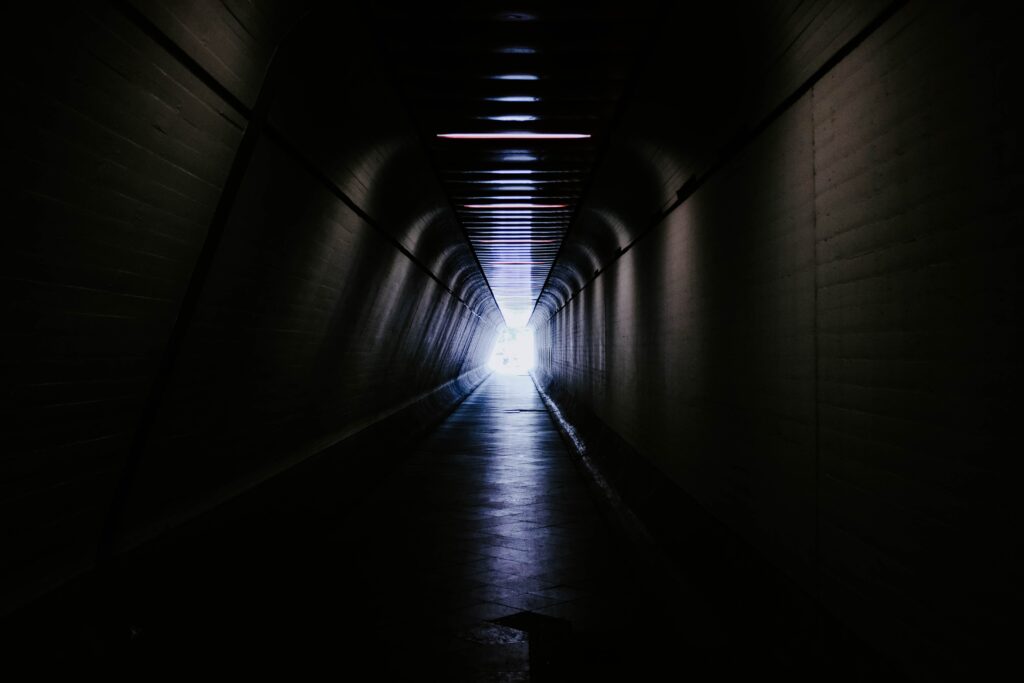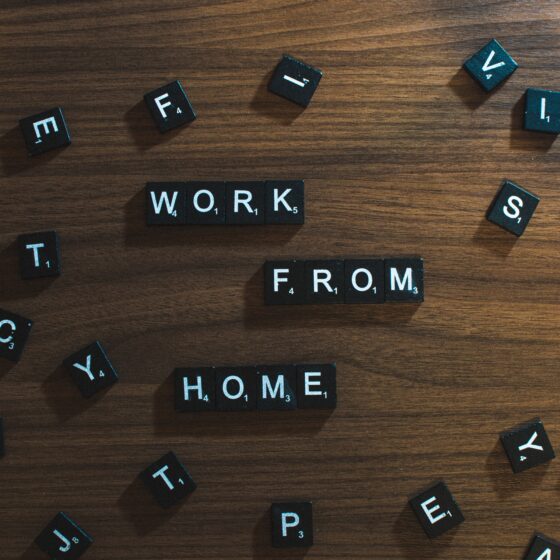People react differently to different situations such as a bad breakup, argument, or handling stress – the list goes on. Some people can shut down, get angry and hurt, depressed, or ignore the issue. Finding peace in all situations can be a long road, but there are steps to make it easier.
Peacefulness is a mind, body, and soul art that is very hard to master. The Cambridge Dictionary defines peacefulness as “the state of being quiet and calm”. It’s a state of mind that involves being relaxed, letting things wash over you but not forgetting. In order to obtain a level of peacefulness, you have to understand the problem, work through it, forgive but never forget, and essentially move on from unwanted or bad feelings. It’s control over your emotions and how you react to bad experiences.

Personally, I’ve traveled down the long road of aggression and isolation. I find it easier to shut everyone out and deal with things alone or to be angry and spiteful – neither of which are good coping mechanisms. They tend to leave me feeling worse about myself than before.
With the help of my therapist and obsessive googling to find things that worked for me, I realized that I work best with routine. Every morning I drink water and think of the calmness that flows through me with it. I purchased “Burn After Writing” by Sharon Jones which is a journal that asked specific questions to help each reader open up and share things with themselves that they may not feel that they can say out loud. It has been difficult but eye-opening and self-reflective for me to be truthful with myself about the past, present, and future. I flip to a random page every night, and depending on my mood, use different colors to fill out a section that color-coordinates with it. It’s similar to a mood journal without depicting every little thing that happened to me during the day to where I felt upset or happy or other various emotions.
With the help of the article “How to Bring Inner Peace Into Your Life: 15 Things You Can Start Doing Today” by Henrik Edberg, I tried to clean one thing in my room every day to help “unclutter my mind”. I have also started reading again, an activity that I love but have lost my way from, to help relax. Reading helps me escape my world for a while, taking on a life of its own in my head that’s easier to deal with than reality.

Sometimes, we let our problems feel like the weight of the world is on our shoulders. It often feels like there is no light at the end of our never-ending tunnel. This is when we have to remind ourselves to take each day, each problem, one at a time. We have to find time to let go for a little while and feel at peace, even if it’s only for a few minutes of the day because eventually, the peacefulness grows.
I’m only twenty-one and I’ve already lived most of my life with anger and irritation. Without keeping watch of my mindfulness and peace, I’ve let it overwhelm me and take hold. However, each day that I stick to my routine and assess where my aggression is coming from, I feel a little more peaceful and less irritated and irrational.
I’ve learned to control my anger, sometimes, to appreciate being able to take a breath and feel the calm wash over me, and I’ve also learned to forgive myself and those who have done me harm. It’s not easy, and nobody is ever done learning. This may be the hardest lesson in life – of moving on, being at peace with yourself and with those who have hurt you in some way, shape, or form. With the little peacefulness that I’ve achieved, my days seem brighter and I feel more in control. Absolute peacefulness isn’t just something unimaginable anymore; it’s a goal.
Finding what works best for you is the first and hardest step in the process of peacefulness. You constantly have to find new ways to feel better and in control, but there are so many options. In the end, it’s worth the struggle, especially when you look back at the days that you never thought you’d get over.





